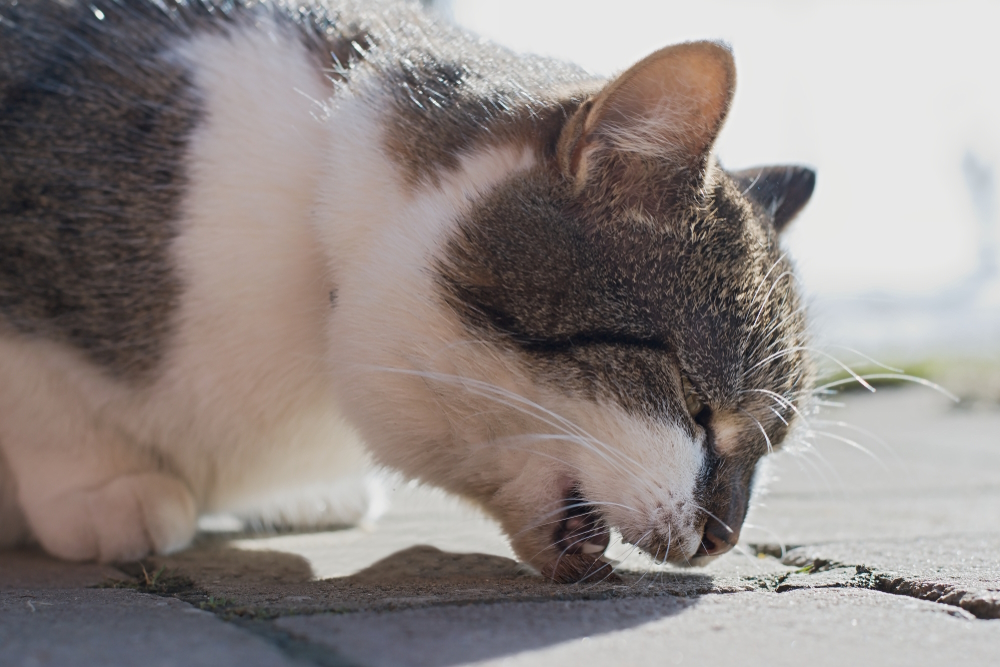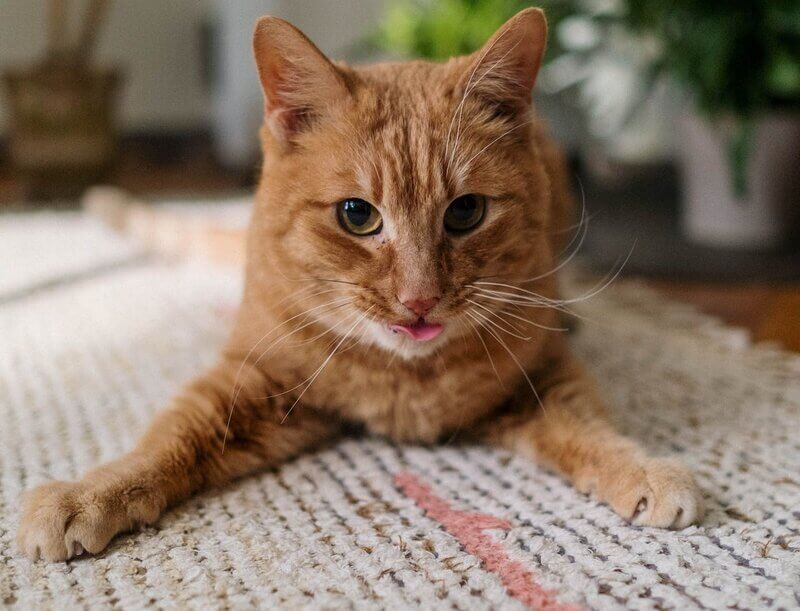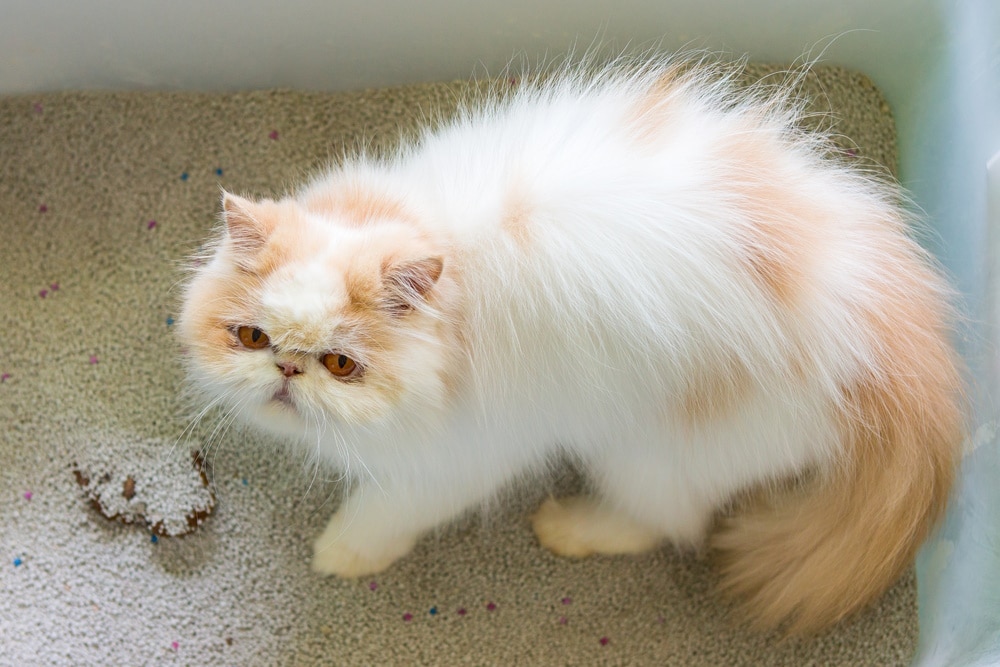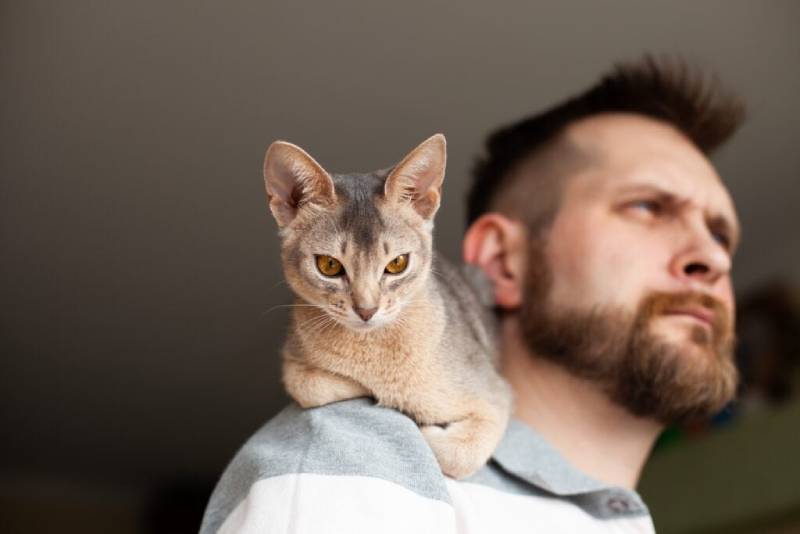Click to Skip Ahead
Cats vary in how talkative they are. Some always seem to have something to say, while others aren’t nearly as vocal. You may be used to your kitty’s repertoire of sounds and even understand what your pet is trying to tell you. Interestingly, felines have learned to meow through their interactions with humans. While that vocalization isn’t alarming, a cat whimpering sound may cause you to worry.
Cat whining can be part of the normal 21 vocalizations some felines have. These animals are intelligent, and they quickly learn what to do to get your attention. A feline in distress may sound more plaintive or melancholy, and their calls may sound more drawn out than usual.
You might ask yourself, “Why is my cat whimpering?” If this is the case, look for other signs of your pet’s body language and mood to determine what’s going on in their feline brains, or just keep reading to get a better idea!
Why Is My Cat Whining?
Cats learned to meow because it worked, whether to greet us or as a call to get our attention. The longer the vocalization, the more urgent the demand. It could signal aggression or beef about something if it’s low-pitched and drawn out, meaning this kitty isn’t happy and is letting you know in the best way they know how to get their message across to you. You may have even inadvertently encouraged it.
It’s also worth noting that cats in heat or estrus may vocalize excessively to attract a mate. Spaying your pet will eliminate the problem. We suggest discussing this option with your vet since it has benefits and risks you should know upfront.
You might notice other body language with whining, such as tail slapping or crouching, accompanying the more agitated vocalizations. Felines often warn others before they attack, as conflicts are costly with the risk of getting hurt. If whining or whimpering can prevent a fight, it has served its purpose.
Another possible reason is that it has nothing to do with aggression and signals something entirely different. For example, many cats bond closely with their caregivers. They learn to read their emotions and follow their schedule to interact with their owners. Some pets become so attached that it appears as if they’ve gone into mourning when left alone. These animals may display other unwanted behaviors, such as inappropriate elimination and destructive actions, but excessive whining is another common sign of separation anxiety.
Treating this issue involves a multi-faceted approach that may include providing enrichment, prescribing medications, or using behavioral modification techniques. It requires patience and understanding to work through this problem with your vet’s assistance.

When to Worry About Cat Whining & What to Do
Felines often hide their physical ailments, and letting the proverbial cat out of the bag shows vulnerability, which can threaten their survival, even if there is no need to worry about predators finding them while living indoors. While whining might be a part of your pet’s vocal routine, it can signal a problem if excessive or accompanied by other signs, including the following:
- Panting
- Labored breathing
- Lethargy
- Loss of appetite
- Vomiting
- GI distress
- Limping
- Not moving
- Weight loss
- Change in behavior
We recommend taking your cat to the vet for a complete examination. Your cat may whimper if they are in pain, whether from an injury or an internal problem. The chances are that they have been uncomfortable for a while, so a pet letting down their guard to show signs of distress may be quite ill and unable to keep up the front any longer. Again, if your cat whimpering or whining is out of the ordinary or is accompanied by other signs, it is always best to get them checked out by a professional.

The Behavioral Aspect of Cat Whimpering and Whining
Even if your pet isn’t hurt or sick, addressing the cause of the animal’s whimpering is imperative. Sadly, behavioral problems are a common cause of relinquishment. We strongly urge you to discuss the issue with your vet to determine a way to manage the situation. A small change in the household routine may alleviate the problem, and it’s certainly worth the effort to try.
Your vet may refer you to an animal behaviorist if they cannot find anything physically wrong with your pet. They can provide guidance for behavioral modification that can eliminate the problematic behavior. It may be as simple as offering your kitty enrichment and mental stimulation with interactive toys. Sometimes, these issues take time and patience to resolve. However, it’s part of responsible pet ownership to care for your cat through good and bad times.
Final Thoughts
If your pet suddenly starts vocalizing, they may have benign causes that you can correct with simple measures. But sometimes, behavior modification techniques are necessary, whether for your cat or you! Felines are often talkative. However, these animals also use this behavior to signal when things are wrong. It’s wise to heed your kitty’s whimpering and whining and get them checked out by a vet if this is happening.
Featured Image Credit: New Africa, Shutterstock













